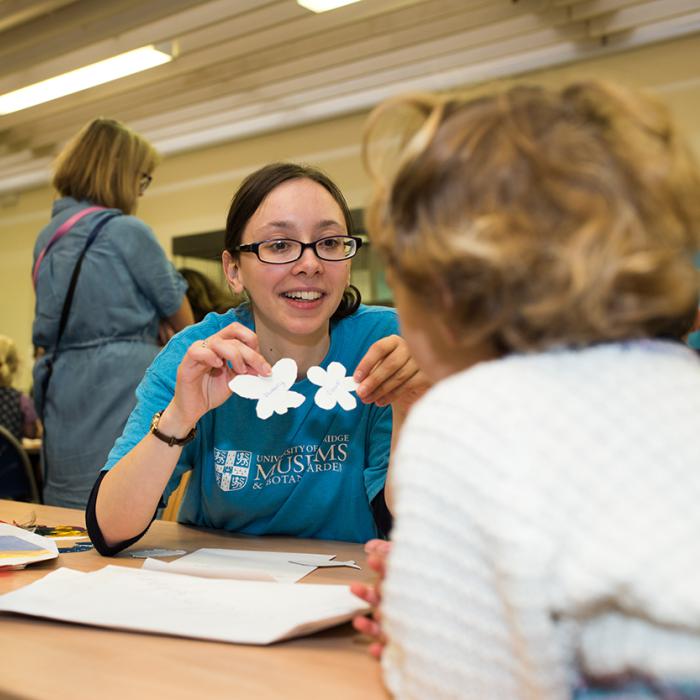Drawing upon the richness of European art, we will explore the impact of the Renaissance on horticulture and garden design. Integrating heaven and earth as they combine wilderness and water with artificiality and automata. Terraces spring from hillsides and grottoes pierce the dark earth whilst statues and fountains bring the gods to life. Power is expressed through both the size and control of the gardens’ form, and the recording of them by artists whose patrons were the wealthy owners.
The colour, shape and symbolism of plants have all contributed to their use in art. This course will look at a selection of plants and explore why and how they have given inspiration, focusing on paintings. From van Gogh’s sunflowers and Mondrian’s amaryllis to O’Keefe’s calla lilies, flowers have been a beautiful and popular subject for artists.
Each week we will explore different ways of drawing using a variety of techniques and prompts. Karin will introduce the class to a wide range of artistic approaches and examples to guide us in developing our own unique visual language. The structured course will lead us from observational drawings of botanical specimens to more imaginative ways of representing plants and nature. Drawing through observation is a great way to develop your creativity and mindfulness.
This full day course, led by Garden Landscapes Team Leader Mark Crouch, will guide you through the placement, selection and planting of trees and shrubs for your garden.
Topics covered will include:
- Where and where not to plant
- Different forms and interests
- How to select your plants and the different types available
- Planting and aftercare through to establishment
- A planting demonstration
- A tour of the garden highlighting young tree care
- Question and answer session
Participants may use a ‘live’ subject of their choice (preferably something simple in shape – autumn fruits, leaves, simple flowers or vegetables) or they can work from a colour photograph. Janie will show you how to evaluate the colours before drawing them in black & white. Not as easy as it sounds, but a very valuable lesson for anyone wishing to understand the importance of tone in illustration.
Suitable for beginners and upward
An introduction to the innovative and versatile method of fine art printmaking using sunlight and water. Solarplate printing describes the process of printmaking from light sensitive plates that have been exposed to daylight or an artificial source of UV light. The plates are developed in tap water and can be used for relief and intaglio printing. The main advantage is that the plate is capable of holding much detail and offers versatility in image making – participants will be able to transform hand drawn originals, photographs or collected foliage into unique fine art prints.
We will explore the history of gin and the development of different techniques to produce it. We will then investigate both the traditional and more contemporary botanicals used to create this distinctive beverage, starting with the holy trinity of juniper, coriander and angelica and then moving on to other herbs, spices, fruits and even roots! After sniffing, crushing and grinding, your senses will be ready for a little blending. Each botanical provides a unique flavour, and the range of combinations is endless.
Have you ever wondered how to introduce another element to your garden? On this course Sally will provide tips and inspiration to help you add scent to the Garden. During the morning we will talk about the different methods plants adopt to produce scent, discuss a range of plants which will reliably provide fragrance, and visit our Scented Garden to enable participants to add that little extra to their own gardens.
Are you a botanist who still shies away from the daisy look-alikes? Have you tried and failed to sort out the willows or the docks for instance? Do you find yourself saying “I don’t do crucifers or umbels or sedges”?
John Stevens Henslow, the man who persuaded the University to move its Botanic Garden in 1846 to the site it now occupies, is also remembered as the man who secured for Charles Darwin his berth on the ‘Beagle’ voyage. Perhaps less well known is Henslow’s intense interest in variation and examples, almost certainly chosen by Henslow, survive today in the Garden. Three of the first five chapters in Darwin’s ‘The Origin’ are about variation and his brilliant insight showed how variation provides the raw material on which natural selection operates to drive evolution.

